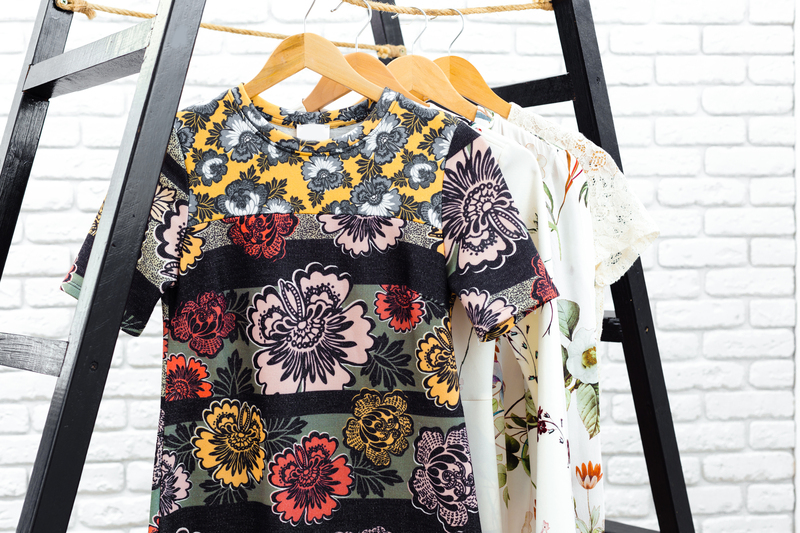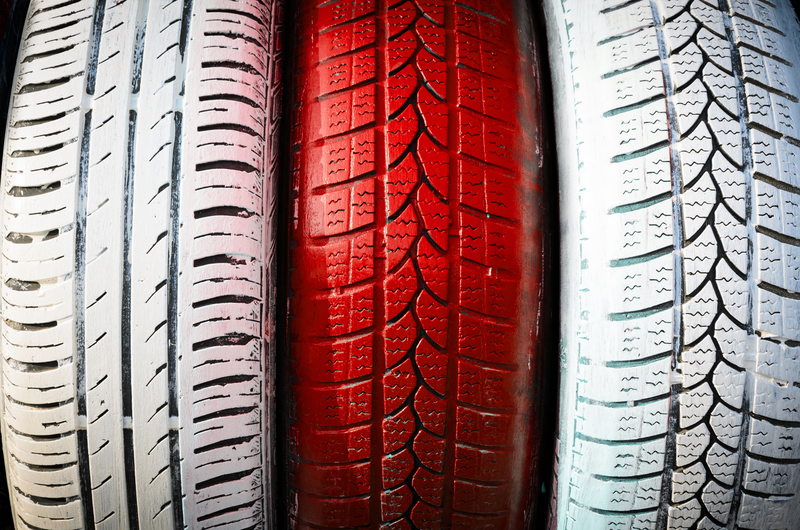The Best Methods for Sustainable Pots and Pans Disposal
Properly disposing of old or damaged pots and pans is an important part of sustainable living. Thousands of tons of cookware end up in landfills each year, releasing harmful chemicals and taking decades to decompose. Fortunately, there are several environmentally friendly options available for pots and pans disposal. This comprehensive guide will explore the best sustainable pots and pans disposal methods, offer creative reuse ideas, and teach you how to minimize your environmental impact when parting with your old cookware.

Why Sustainable Pots and Pans Disposal Matters
Pots and pans are made from a wide range of materials such as aluminum, stainless steel, copper, cast iron, and non-stick coatings, some of which can be damaging to the environment if not disposed of properly. By choosing sustainable cookware disposal options, you help reduce landfill waste, conserve natural resources, and support the circular economy.
- Landfill Diversion: Reducing the amount of cookware in landfills minimizes environmental pollution.
- Recycling Opportunities: Many pots and pans are highly recyclable and can be transformed into new products.
- Resource Conservation: Recycling cookware saves energy and resources compared to manufacturing from raw materials.
- Community Benefit: Donating usable items extends their lifespan and benefits others in need.
How to Determine the Right Disposal Method
Before disposing of your pots and pans, evaluate their condition. Are they still functional? Do they have sentimental or historical value? Can certain parts be repaired or replaced? These questions help you choose the most sustainable pots and pans disposal option.
Assess Cookware Condition
- Gently Used: Can be donated or sold.
- Damaged but Repairable: Consider repair or upcycling.
- Unusable: Recycle or repurpose as a last resort.
Top Eco-Friendly Pots and Pans Disposal Options
1. Donate Usable Cookware
If your cookware is still in good shape, donation is one of the best environmentally-friendly pots and pans disposal options. Many households and community organizations appreciate kitchenware donations.
- Charity Thrift Stores: Goodwill, Salvation Army, Habitat for Humanity Restore, and similar stores accept pots and pans.
- Food Shelters and Soup Kitchens: Many non-profits need durable cookware for food preparation.
- Local Buy Nothing Groups: Offer items for free to neighbors through apps or social media.
- Online Marketplaces: Websites like Facebook Marketplace, Craigslist, or Freecycle allow easy local giving.
2. Recycle Metal Cookware
Most metal pots and pans, such as those made from stainless steel, aluminum, or copper, can be recycled. However, each municipal recycling program may have different rules for pots and pans recycling:
- Check with Local Recycling Centers: Contact your waste management provider to find out if they accept cookware.
- Scrap Metal Yards: These centers often accept a wider range of metal cookware, regardless of their recycling curbside policies.
- Preparation: Remove any plastic, silicone, or wooden handles for pure metal recycling, if possible.
- Nonstick Coatings: If your pan has a nonstick surface, check guidelines - some yards accept them, while others do not due to coating chemicals.
Tip: Always call ahead and verify whether your specific types of pots and pans are accepted for recycling.
3. Drop Off at Household Waste Facilities
If your pots and pans cannot be recycled curbside, many areas have household waste recycling centers or special recycling events.
- Municipal Drop-Off: Many cities offer designated drop-off days or facilities for metal and bulky items.
- E-Waste and Hard-to-Recycle Events: Some accept pots and pans as part of broader recycling drives.
- Appliance Collection Drives: Occasionally, these drives also accept cookware, especially electric pans or griddles.
4. Creative Upcycling and Repurposing Ideas
Not all cookware is destined for the trash. Repurposing old pots and pans can add creative flair to your home or garden. Here are fun and sustainable ideas for pots and pans upcycling:
- Garden Planters: Drill drainage holes and turn old pots or frying pans into unique flower pots or herb gardens.
- Serving Trays: Decorate or paint pans for use as rustic serving platters or table centerpieces.
- Wall Art: Mount vintage or colorful pans for a whimsical kitchen or outdoor decor.
- Storage Containers: Use deep pots for organizing items like utensils, toys, or craft supplies.
- Bird Feeders: Convert frying pans into attractive, durable bird feeders.
*Let your creativity lead!* Repurposing helps keep cookware out of landfills while giving your household a custom look.
5. Resell Valuable Cookware
High-end or vintage cookware can have significant resale value. Before you recycle, consider listing your old cookware online or bringing it to an antique dealer. Popular brands like Le Creuset, All-Clad, or cast iron from Griswold and Wagner are especially sought after.
- Online Platforms: eBay, Etsy, and specialty cookware groups attract collectors and home chefs.
- Consignment Shops: Some kitchen stores resell high-quality used cookware.
- Local Collector Markets: Antique shows or flea markets are ideal for rare or vintage pieces.
Not only does reselling keep your cookware in use, but it can also help you recoup part of your initial investment.
6. Manufacturer Take-Back Programs
Several cookware manufacturers now offer take-back or recycling programs to support sustainable cookware disposal.
- Mail-Back Services: Some brands let you send back their products for proper recycling or disposal.
- Discount Incentives: Get a rebate or discount on a new purchase when you return your old items.
- Eco-Initiatives: Participation in these programs supports greener production and waste reduction initiatives.
Always check your cookware brand's website for the latest sustainability offerings before disposing of any product.
7. Avoid Illegal Dumping
Never dispose of pots and pans through illegal dumping or by leaving them on sidewalks or in parks. This pollutes your community and may bring fines. Always use official disposal or recycling methods to ensure your cookware is handled responsibly.
Special Considerations by Cookware Type
Nonstick Pans
Nonstick pans present unique challenges for sustainable pots and pans disposal due to their chemical coatings. Most curbside recycling programs do not accept nonstick cookware; always check with your local recycling or scrap metal center. If recycling isn't possible, try repurposing them for non-food uses, such as gardeners, or donate to art schools for projects.
Cast Iron Skillets
Cast iron is valued for its durability and recyclability. Even very rusty cast iron can often be restored by enthusiasts. Many metal recyclers readily accept cast iron cookware, and vintage pieces can fetch high resale prices. Consider donation or upcycling before recycling.
Aluminum and Stainless Steel Pans
These are the easiest to recycle, as most metal yards accept them. Remove any non-metal parts for clean recycling. Even if scratched or battered, these metals have value and should be recycled whenever possible.
Ceramic and Glass Cookware
Ceramics and glass are not usually accepted in curbside recycling bins due to their high melting points. However, some specialist recycling centers or art programs may accept them. Otherwise, try donation if they are not cracked, or reuse them as planters or mosaic materials.
Tips to Make Your Cookware Last Longer - Reduce, Reuse, Recycle
- Buy Quality: Invest in durable, high-quality pans that resist damage and have lasting value.
- Proper Care: Follow manufacturer instructions for cleaning and maintenance.
- Repair When Possible: Replace handles, season cast iron, or recoat nonstick pans before disposal.
- Share or Swap: Organize kitchenware swap events with friends or neighbors for unwanted items.
- Minimize Waste: Only buy what you need and avoid disposable or low-quality cookware.
By prolonging the life of your cookware, you reduce the overall need for pots and pans disposal, making your household more sustainable and environmentally responsible.

Frequently Asked Questions About Pots and Pans Disposal
Can I put old pots and pans in my recycling bin?
It depends on your local program. Most municipal curbside bins do not accept large metal items or cookware with nonstick coatings. It's best to contact your local recycling center, or bring them to a metal scrap yard or drop-off facility.
What can I do with old nonstick pans?
If in usable condition, try to donate. If badly damaged, check with specialty recycling centers. Some nonstick pans can be recycled after removal of plastic parts, but always consult your local recycler for best practices.
Are there companies that take back old cookware?
Yes, several manufacturers now have take-back and recycling programs. Brands like GreenPan, Calphalon, and Le Creuset offer mail-in or in-store recycling options. Check your cookware's brand website for details.
Is it safe to reuse cookware as planters?
Absolutely. Just make sure to add drainage holes and avoid using pans with flaking coatings or chemical residues for edible plants.
Conclusion: Make the Sustainable Choice for Cookware Disposal
Adopting sustainable pots and pans disposal methods is a simple yet powerful way to protect the planet and reduce household waste. Before tossing your old pots and pans, evaluate whether they can be repaired, reused, donated, recycled, or creatively repurposed. Encourage friends and family to make greener choices for a cleaner, healthier environment.
Remember: Every small action counts. By choosing environmentally responsible cookware disposal methods, you help conserve valuable resources and minimize your ecological footprint. The next time you upgrade your kitchenware, let sustainability guide your actions--your community and the planet will thank you!
